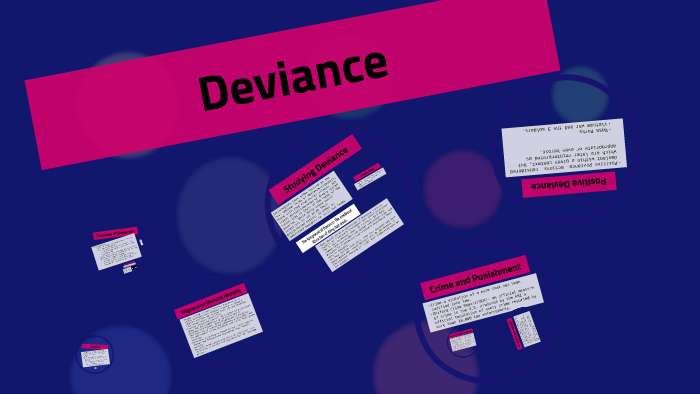

It theorises that host societies with a ‘multicultural acculturation orientation’ tend to reduce immigrant crime by fostering informal social control and attenuating criminogenic strains. The proposed model connects Berry's acculturation theory to criminological theories, using relevant findings from the immigration acculturation literature as starting points. Furthermore, we present the results of our first attempts to empirically assess the validity of the framework, focussing on local-level variation in crime among residents of Turkish or Moroccan origin in the Netherlands. In this article, we propose a theoretical model to better understand that contextual variation. There is considerable international and local-level variation in immigrant crime. We thus offer a missing piece to existing accounts of stigma by focusing on the key role of audiences (i.e., stigmatizers or supporters of the stigmatized) rather than on the targets of stigma (i.e., the own). Accordingly, we provide a research agenda on stigma as a collective phenomenon that theorizes a relational perspective, proposes a typology of how audiences relate to stigmatization, and identifies patterns of relations between audiences. We argue that to advance stigma research, it is necessary to build on Goffman’s theory to include the stigmatizers (i.e., the normal) and supporters (i.e., the wise) how they create, sustain, or remove stigma and how they relate to the stigmatized (i.e., the targets). We develop a relational perspective on stigma based on understanding how attributes are stigmatized (or not) by audiences in their interactions.

We draw from those conclusions to justify the need to study stigma as a collective phenomenon.

We find that studies on stigma’s origins, responses, processes, and outcomes have diverged from Goffman’s relational view of stigma as they have overlooked important relational mechanisms explaining the processes of (de)stigmatization. Drawing from Goffman’s original observations on stigma and the consequences of interactions between the stigmatized and supportive or stigmatizing audiences, we conduct a 20-year review of the diverse literature on stigma to revisit the collective nature of stigmatization processes.


 0 kommentar(er)
0 kommentar(er)
